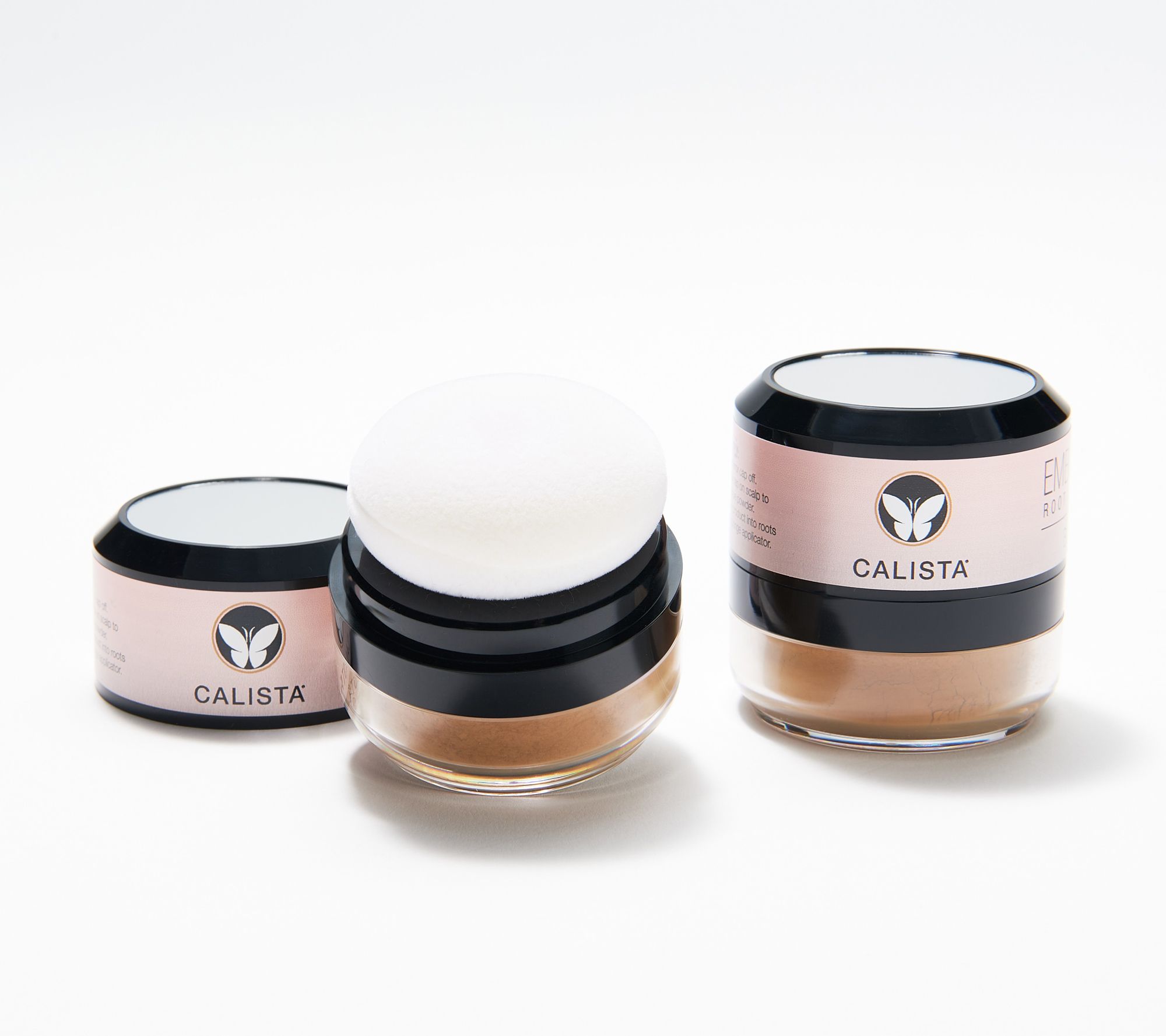Vita-C Triple Exfoliating Facial – 15337 – Murad Skin Care
Triple exfoliating facial is clinically proven to smooth texture as effectively as a microdermabrasion facial—in just one use.
In almost every professional facial or skincare pre-op procedure, dermatologists and estheticians prep the skin with exfoliation. Why? Exfoliation lifts away dead skin cells to help boost radiance, minimize the look of dark spots & uneven tone, and clear the way for better penetration of potent serums & treatments that follow.
While nothing replaces a professional facial, at-home exfoliation enables the maintenance that keeps skin radiant and healthy-looking. When tested head-to-head against a microdermabrasion facial, Vita-C Triple Exfoliating Facial delivered comparable results in just one use. Gold-stabilized vitamin C delivers antioxidant defense & brightening benefits, and the color-changing formula indicates even application to make exfoliation an effective and gentle experience every time.
What skin type is it good for?
- Balanced
- Oily
- Dry
- Combination
RESULTS
Clinically proven to smooth texture as effectively as a microdermabrasion facial in one use.
- 87% saw brighter skin in 2 weeks
- 97% saw smoother skin in 2 weeks
- 97% agree product was gentle on skin at 4 weeks
- 81% saw more even tone and less visible dark spots in 4 weeks
- 81% saw healthier-looking skin in 4 weeks
- 78% saw pores appear minimized in 4 weeks
- Physical, chemical & enzymatic exfoliants gently but effectively slough off dead skin cells, reinvigorate dull-looking skin and instantly smooth texture
- Gold-stabilized vitamin C, with 55% more antioxidant power than traditional vitamin C, supports healthier-looking skin and a brighter, more even tone






Reviews
There are no reviews yet.